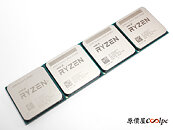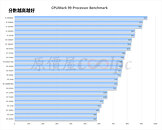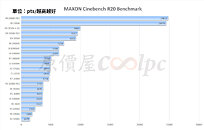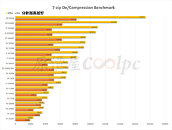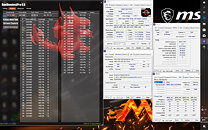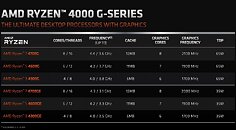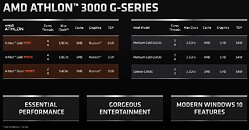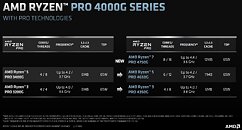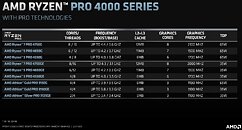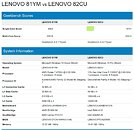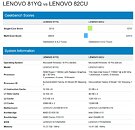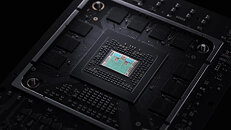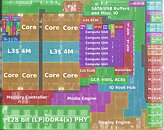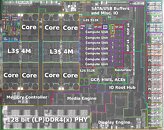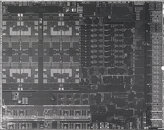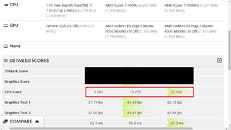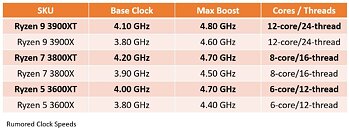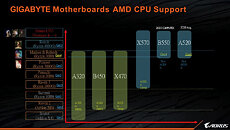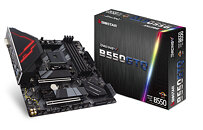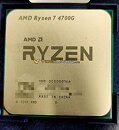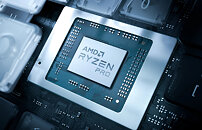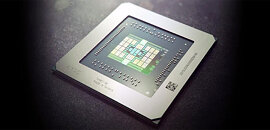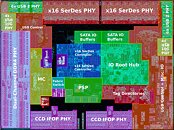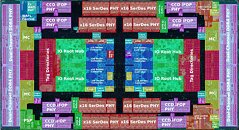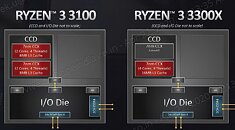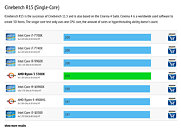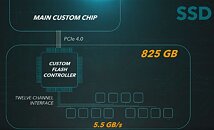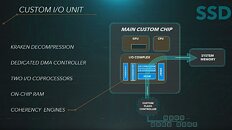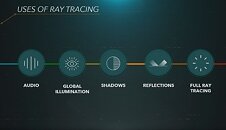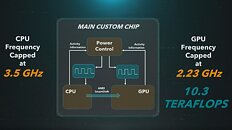
BIOSTAR Ready to Support Latest Ryzen PRO 4000 Renoir Series Processors
BIOSTAR, a leading brand of motherboards, graphics cards, and storage devices, today announces product support for the new AMD's Ryzen Pro 4000 series desktop processors. Built on the AM4 socket, the new Ryzen Pro 4000 processors are built to be the best using the latest cutting-edge technology AMD has to offer. The new AM4 based desktop APU's are based on the 8-core 7 nm "Renoir" chipset, built on the groundbreaking Zen 2 core architecture with innovative 7 nm process technology and optimized for high performance Radeon graphics in an SOC design.
The new AMD Ryzen 4000 G-Series Desktop Processors have shown exceptional leaps in performance with extremely precise power efficiency that is highly effective for consumers, gamers, streamers and content creators. Built for modern business PCs, AMD Ryzen 4000 Series Desktop Processors with PRO technologies offer enterprise-class solutions, advanced technology and multi-layered security features.
The new AMD Ryzen 4000 G-Series Desktop Processors have shown exceptional leaps in performance with extremely precise power efficiency that is highly effective for consumers, gamers, streamers and content creators. Built for modern business PCs, AMD Ryzen 4000 Series Desktop Processors with PRO technologies offer enterprise-class solutions, advanced technology and multi-layered security features.


